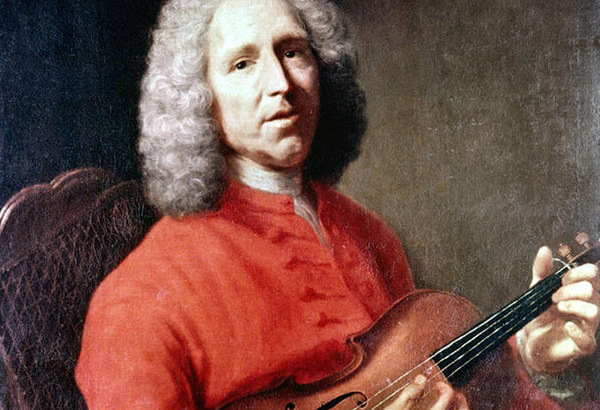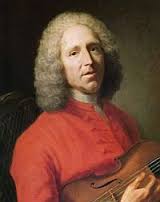In the world of classical music, few names shine as brightly as Jean-Philippe Rameau. A true master of his craft, Rameau is often considered one of the most influential composers of the Baroque era. His groundbreaking compositions, innovative theories, and remarkable contributions to music have left an indelible mark on the history of Western classical music. Join us as we delve into the fascinating biography of this musical genius and explore the legacy he left behind.
Early Life and Musical Beginnings:
Born on September 25, 1683, in Dijon, France, Jean-Philippe Rameau displayed an early aptitude for music. His father, an organist, recognized his son’s talents and ensured he received a comprehensive musical education. Rameau studied under several renowned composers, including Jean-Baptiste Moreau and André Raison, developing his skills as both a performer and a composer.
Career and Artistic Evolution:
Rameau’s career flourished when he moved to Paris in his early thirties. Initially, he gained recognition as an organist and music theorist, and his treatise “Treatise on Harmony” remains a seminal work in music theory to this day. However, it was his forays into opera that truly set him apart.
His first opera, “Hippolyte et Aricie,” premiered in 1733 and showcased Rameau’s revolutionary approach to harmony, orchestration, and dramatic expression. With subsequent works like “Castor et Pollux” and “Dardanus,” Rameau continued to push the boundaries of opera, blending French and Italian styles to create a distinctive and powerful musical language.
Rameau’s music was characterized by its complexity, emotional depth, and sophisticated use of harmonies. He was a master of musical form, employing intricate counterpoint, vibrant orchestrations, and inventive melodic lines. His compositions breathed life into the characters and stories portrayed on stage, captivating audiences with their dramatic intensity.
Legacy and Influence:
Jean-Philippe Rameau’s impact on the development of classical music cannot be overstated. His exploration of harmonic structures and the tonal system laid the groundwork for the future evolution of Western music. His innovative use of dissonance, unconventional chord progressions, and nuanced tonal colors foreshadowed the musical language of the Romantic era.
Rameau’s influence extended beyond his contemporaries, inspiring later composers such as Mozart, Beethoven, and Debussy. His emphasis on emotional expression and his pioneering approach to orchestration paved the way for the dramatic and colorful compositions of the Romantic period.
Conclusion:
Jean-Philippe Rameau’s remarkable life journey took him from his humble beginnings in Dijon to becoming one of the most revered composers in musical history. His groundbreaking compositions, revolutionary theories, and unwavering pursuit of musical excellence continue to captivate audiences and inspire musicians to this day.
As we explore the vast repertoire of classical music, let us not forget the genius of Jean-Philippe Rameau—a man who dared to push the boundaries of his art, forever leaving his mark on the world of music. His contributions continue to resonate with us, reminding us of the enduring power and beauty of the human spirit expressed through music.


Comments are closed